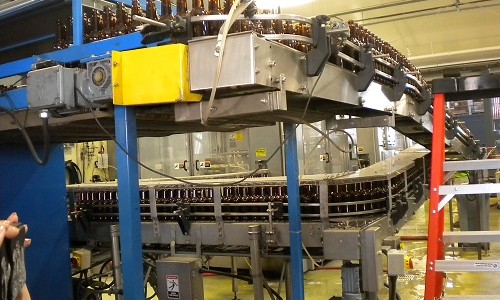Servo motors are different from your ordinary motor because they are controlled by feedback. The most basic type of motor provides power so that a machine will run: the motor is switched on, it provides the kind and amount of power it was built to provide, and the machine uses that power to do whatever it was built to do. When you don’t want the machine to run any longer, you turn off the motor.
Servo motors provide the kind and amount of power needed up to a point which is identified by sensors. The point might be when a certain point in space is reached by a machine part or when a particular movement is completed. Working in combination, servo motors can provide amazingly impressive degrees of motion control.
The main limitation now in the use of servo motors in motion control is with the sensors.
It’s one thing for a machine to sense that it has moved for a certain distance, and another to sense that pallets have been stacked to a certain height or that a group of containers has or has not been un-nested. Latest generation sensors can “sense” things that have never been automated before, but there are still limitations. Sensors have to be in places where it can be hard to put sensors, and they need to be able to work under difficult conditions.
Now, using DARPA technology from the 1990s, researchers have figured out how to use machines to add sensors to three dimensional surfaces. They can work in conditions of extreme heat and force.
The creators are thinking in terms of machines giving feedback on their performance, but the possibilities are extensive.
New technology is great, but as this example shows, older technology can continue to be productive and valuable. We see that every day with Indramat servo motors, drives, and controls. If you need support with yours — from cables to factory repair to emergency replacement units — we can help. Call us now… and if you don’t need us now, put our phone number in your mobile device right now so that you can easily find us when you do need us.
